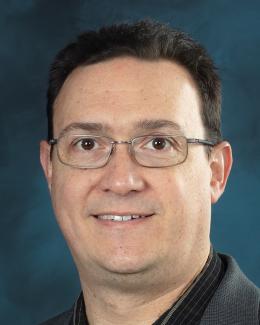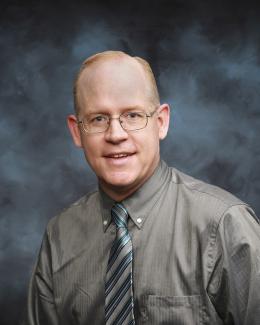Abstract
Characterization of Unintended Conducted Emissions (UCE) from electronic devices is important when diagnosing electromagnetic interference, performing nonintrusive load monitoring (NILM) of power systems, and monitoring electronic device health, among other applications. Prior work has demonstrated that UCE analysis can serve as a diagnostic tool for energy efficiency investigations and detailed load analysis. While explaining the feature selection of deep networks with certainty is often not fully comprehensive, or in other applications, quite lacking, additional tools/methods for further corroboration and confirmation can help further the understanding of the researcher. This is true especially in the subject application of the study in this paper. Often the focus of such efforts is the selected features themselves, and there is not as much understanding gained about the noise in the collected data. If selected feature and noise characteristics are known, it can be used to further shape the design of the deep network or associated preprocessing. This is additionally difficult when the available data are limited, as in the case which the authors investigated in this study. Here, the authors present a novel work (which is a proposed complementary portion of the overall solution to the deep network classification explainability problem for this application) by applying a systematic progression of preprocessing and a deep neural network (ResNet architecture) to classify UCE data obtained via current transformers. By using a methodical application of preprocessing techniques prior to a deep classifier, hypotheses can be produced concerning what features the deep network deems important relative to what it perceives as noise. For instance, it is hypothesized in this particular study as a result of execution of the proposed method and periodic inspection of the classifier output that the UCE spectral features are relatively close to each other or to the interferers, as systematically reducing the beta parameter of the Kaiser window produced progressively better classification performance, but only to a point, as going below the Beta of eight produced decreased classifier performance, as well as the hypothesis that further spectral feature resolution was not as important to the classifier as rejection of the leakage from a spectrally distant interference. This can be very important in unpredictable low-FNR applications, where knowing the difference between features and noise is difficult. As a side-benefit, much was learned regarding the best preprocessing to use with the selected deep network for the UCE collected from these low power consumer devices obtained via current transformers. Baseline rectangular windowed FFT preprocessing provided a 62% classification increase versus using raw samples. After performing a more optimal preprocessing, more than 90% classification accuracy was achieved across 18 low-power consumer devices for scenarios in which the in-band features-to-noise ratio (FNR) was very poor.






